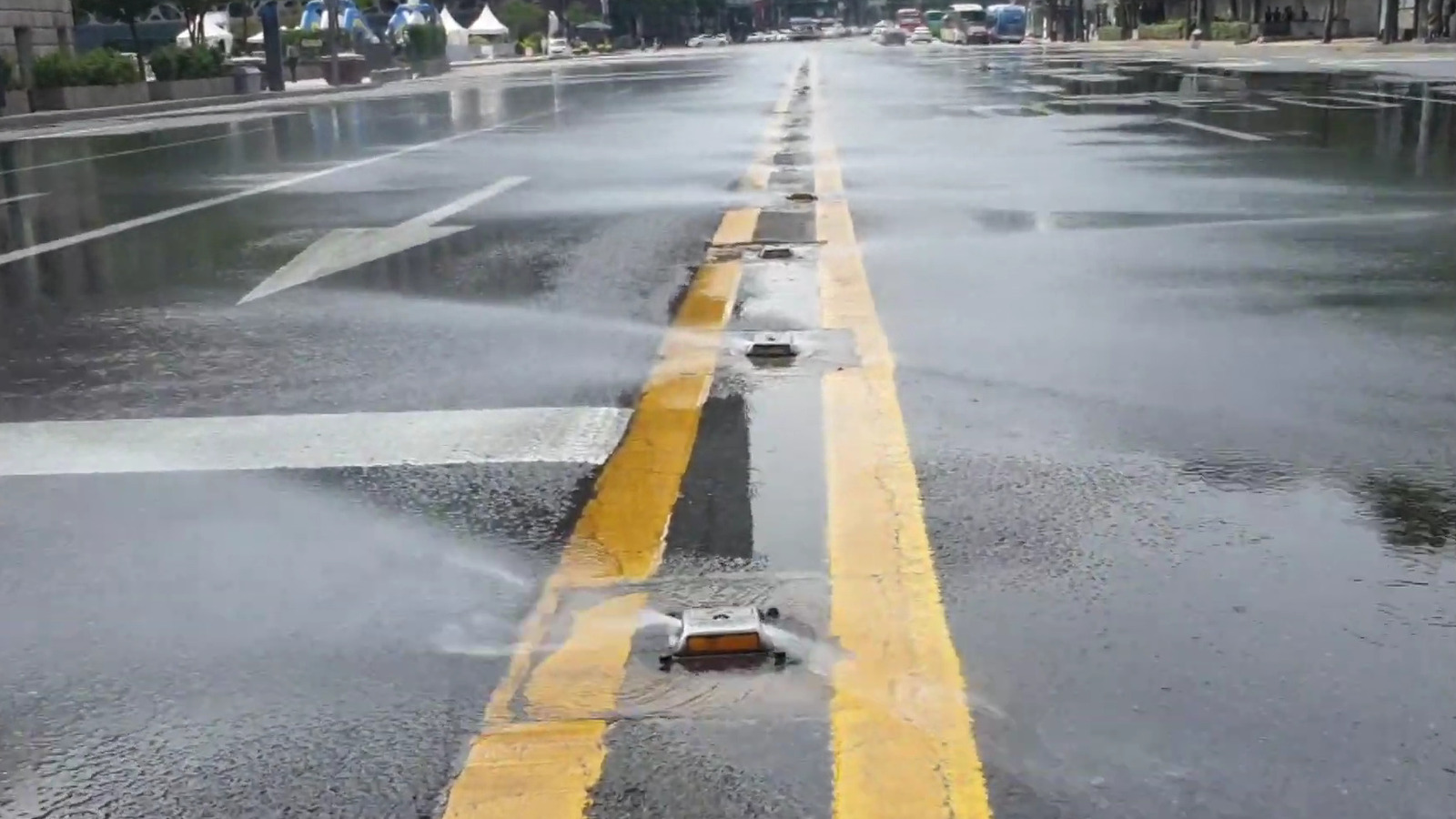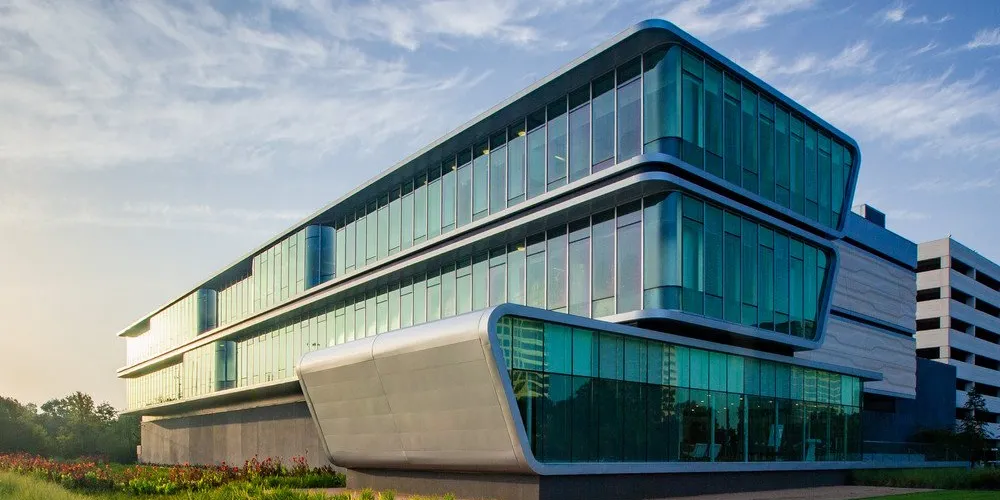Asia's Climate Crisis: Are We Leveraging Tech for Disaster Preparedness?

Facing Rising Risks: Can Technology Help Asia Prepare for Disasters?
Recent typhoons Caring and Dante, which battered the Philippines, served as stark reminders of Asia's vulnerability to extreme weather events. Rainfall exceeding 558.8 millimeters – significantly above the 30-year monthly average of 493.3 mm – underscored the escalating threat. But as Asia warms at twice the global average, as highlighted by the World Meteorological Organization's (WMO) State of the Climate in Asia 2024 report, are we truly harnessing the power of available technology to mitigate these risks and build resilience?
The Urgent Reality: Asia's Accelerated Warming
The WMO report paints a sobering picture: Asia is experiencing climate change at an alarming rate. Rising temperatures, intensified monsoons, and more frequent and severe extreme weather events are becoming the new normal. This isn't a distant threat; it's impacting communities across the continent, disrupting economies, and claiming lives. The Philippines, like many Asian nations, is particularly susceptible, facing a constant barrage of typhoons, floods, and landslides.
Technology's Potential: A Spectrum of Solutions
Fortunately, a wealth of technological tools are available to enhance disaster preparedness and response. Here's a look at some key areas:
- Early Warning Systems: Advanced weather forecasting models, satellite imagery, and sensor networks can provide crucial lead time before a disaster strikes. Real-time data analysis and predictive analytics can help authorities issue timely warnings and evacuate vulnerable populations. Smartphones and mobile apps can disseminate these warnings directly to citizens, ensuring widespread awareness.
- Risk Mapping & Vulnerability Assessment: Geographic Information Systems (GIS) and remote sensing technologies enable the creation of detailed risk maps, identifying areas most susceptible to specific hazards. This information is vital for urban planning, infrastructure development, and resource allocation.
- Communication & Coordination: During a disaster, effective communication is paramount. Satellite phones, social media platforms, and emergency communication networks can facilitate coordination between first responders, government agencies, and affected communities.
- Data-Driven Response: Drones, satellite imagery, and social media monitoring can provide real-time situational awareness, allowing aid organizations to assess damage, identify needs, and deploy resources effectively. AI-powered platforms can analyze data to optimize relief efforts and ensure that assistance reaches those who need it most.
- Resilient Infrastructure: Smart infrastructure technologies, such as flood-resistant building materials, early leak detection systems, and smart grids, can help communities withstand the impacts of disasters.
The Challenge: Bridging the Gap
Despite the immense potential, significant challenges remain. Many Asian countries lack the resources, infrastructure, and technical expertise to fully implement these technologies. Data gaps, inadequate training, and a lack of coordination between different agencies also hinder progress. Furthermore, ensuring that technology benefits the most vulnerable populations – those living in remote areas or informal settlements – is a critical priority.
Moving Forward: A Call to Action
Addressing Asia's climate crisis requires a concerted effort from governments, businesses, and civil society. Investing in technological innovation, strengthening institutional capacity, and promoting knowledge sharing are essential steps. By embracing technology and prioritizing resilience, Asia can better prepare for the challenges ahead and safeguard the lives and livelihoods of its people. The time to act is now, before the next devastating typhoon or flood strikes.






